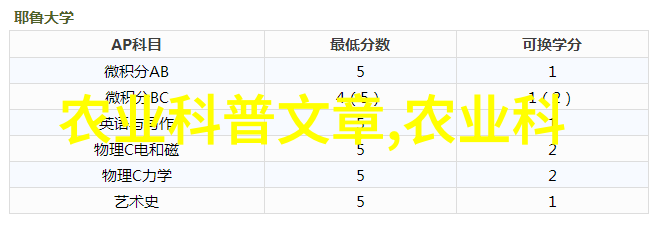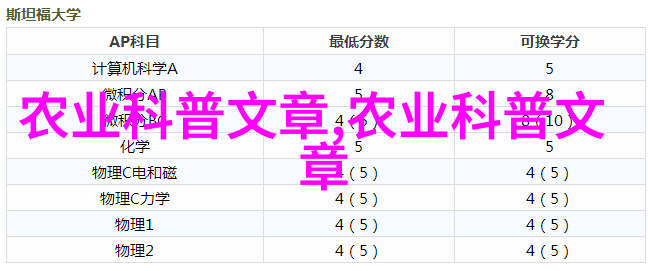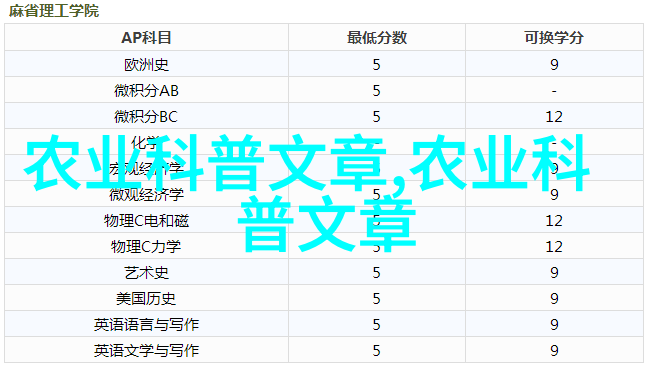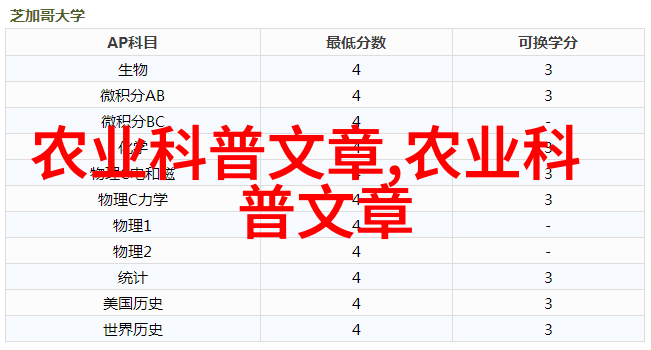您现在的位置是: 首页 - 科普文章 - 跨界合作带来变革科技企业进入农业领域的故事 科普文章
跨界合作带来变革科技企业进入农业领域的故事
2025-02-02 【科普文章】 0人已围观
简介在当今这个快速发展的时代,技术与农业的结合成为了推动种养业进步的关键因素。科技企业借助其先进技术和管理模式,对传统农业产业进行了深刻的改革,引领了现代农业向高效、绿色、智能转型。 1.0 引言 agriculture, technology and innovation have been the driving force behind the transformation of
在当今这个快速发展的时代,技术与农业的结合成为了推动种养业进步的关键因素。科技企业借助其先进技术和管理模式,对传统农业产业进行了深刻的改革,引领了现代农业向高效、绿色、智能转型。

1.0 引言
agriculture, technology and innovation have been the driving force behind the transformation of traditional agricultural practices. The integration of cutting-edge technology and innovative management models has led to significant changes in the way crops are grown and livestock are raised.

2.0 科技与种植业
2.1 精准农艺:卫星监测与大数据分析

The use of satellite imaging and big data analysis has revolutionized crop cultivation by providing farmers with real-time information on soil conditions, weather patterns, and pest infestations. This enables them to make informed decisions about planting schedules, fertilizer application rates, and pest control methods.
2.2 无人机助力作物保护

Drones equipped with cameras, sensors, or sprayers have become a valuable tool for precision farming techniques such as crop monitoring and protection from pests or diseases.
2.3 生物技术创新:基因改良与植物育种

Genetic modification techniques have enabled scientists to create more resilient crops that can withstand extreme weather conditions or resist specific pests.
Additionally, plant breeding programs utilizing advanced molecular biology tools have produced new crop varieties that offer improved yields or nutritional content.
3.0 科技对畜牧业的影响
3.1 智能饲料管理系统
Automated feeding systems ensure that animals receive a balanced diet tailored to their individual needs throughout their life cycle.
This results in improved animal health outcomes while minimizing waste production through optimized feed allocation based on factors like age, breed type or stage of lactation (for dairy cows).
3.2 实时健康监控设备
Advanced sensor technologies enable continuous monitoring of animal vital signs such as temperature, heart rate etc., allowing early detection & intervention in case any health issues arise before they escalate into severe problems requiring costly veterinary treatments.
3.3 绿色肉类生产:生物质能源利用及循环经济理念应用
Biomass-based energy solutions reduce greenhouse gas emissions associated with traditional fossil fuel consumption used for heating buildings housing livestock.
Implementing closed-loop systems where waste products generated during meat production process could be converted back into usable resources e.g., biofertilizers reduces environmental impact further while enhancing sustainability within this industry segment.
4.0 跨界合作案例分析:
In recent years we've witnessed numerous examples illustrating how partnerships between tech companies & agricultural businesses drive change:
Alibaba's Agricultural Technology: E-commerce giant Alibaba invested heavily in its rural digital platform "New Rural Service" which aims at improving farm productivity by offering market access for small-scale farmers via online channels.
Microsoft's FarmBeats: Microsoft partnered with various organizations across different countries focusing on developing AI-powered IoT solutions specifically designed for smart agriculture projects aimed at optimizing resource utilization & boosting yield potential without harming environment.
Amazon Web Services' Sustainable Agriculture Initiative: By leveraging AWS cloud infrastructure services Amazon helps farmers implement sustainable practices resulting in reduced carbon footprint over time; these efforts also contribute towards promoting eco-friendly farming methods worldwide
As we continue our journey toward a future filled with technological advancements supporting sustainable growth within both agriculture sectors it is evident that collaborations will play an ever-increasing role shaping the direction taken by species-specific industries moving forward - fostering progress alongside preservation!






